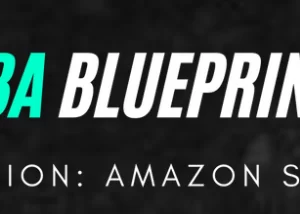John Carter Electronic AGS Trading Workshop
John Carter & Hubert Senters – Electronic AGS Trading Workshop
2xDVDRip | English | MP4 | 720 x 544 | AVC ~1000 kbps | 29.970 fps
AAC | 124 Kbps | 48.0 KHz | 2 channels | 09:00:03 | 4.25 GB
Genre: eLearning Video / Business, Investing, Trading, Stocks
Although the stock index futures have been both John Carter and Hubert Senters’ market of choice to trade for a long time, ever since the grain markets went electronic in August, 2006 they have started trading these (the “Ags”) actively.
If you already have experience with Deep Learning, you will find this course refreshing, inspiring and very practical. Inside Deep Learning A-Z™ you will master some of the most cutting-edge Deep Learning algorithms and techniques (some of which didn’t even exist a year ago) and through this course you will gain an immense amount of valuable hands-on experience with real-world business challenges. Plus, inside you will find inspiration to explore new Deep Learning skills and applications.
— Real-World Case Studies —
Mastering Deep Learning is not just about knowing the intuition and tools, it’s also about being able to apply these models to real-world scenarios and derive actual measurable results for the business or project. That’s why in this course we are introducing six exciting challenges:
#1 Churn Modelling Problem
In this part you will be solving a data analytics challenge for a bank. You will be given a dataset with a large sample of the bank’s customers. To make this dataset, the bank gathered information such as customer id, credit score, gender, age, tenure, balance, if the customer is active, has a credit card, etc. During a period of 6 months, the bank observed if these customers left or stayed in the bank.
Your goal is to make an Artificial Neural Network that can predict, based on geo-demographical and transactional information given above, if any individual customer will leave the bank or stay (customer churn). Besides, you are asked to rank all the customers of the bank, based on their probability of leaving. To do that, you will need to use the right Deep Learning model, one that is based on a probabilistic approach.





